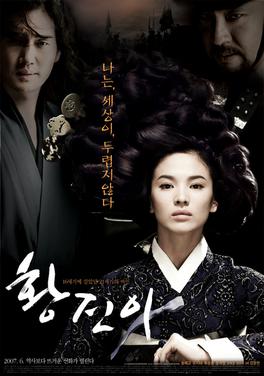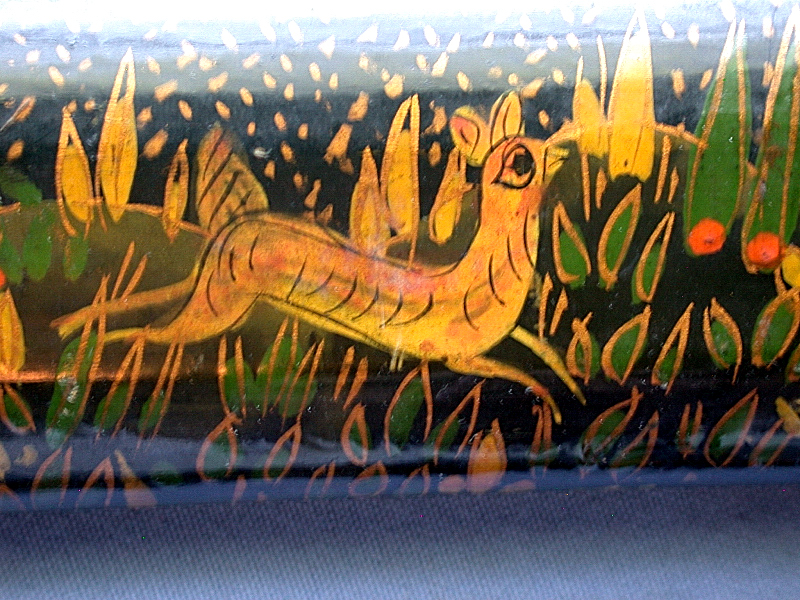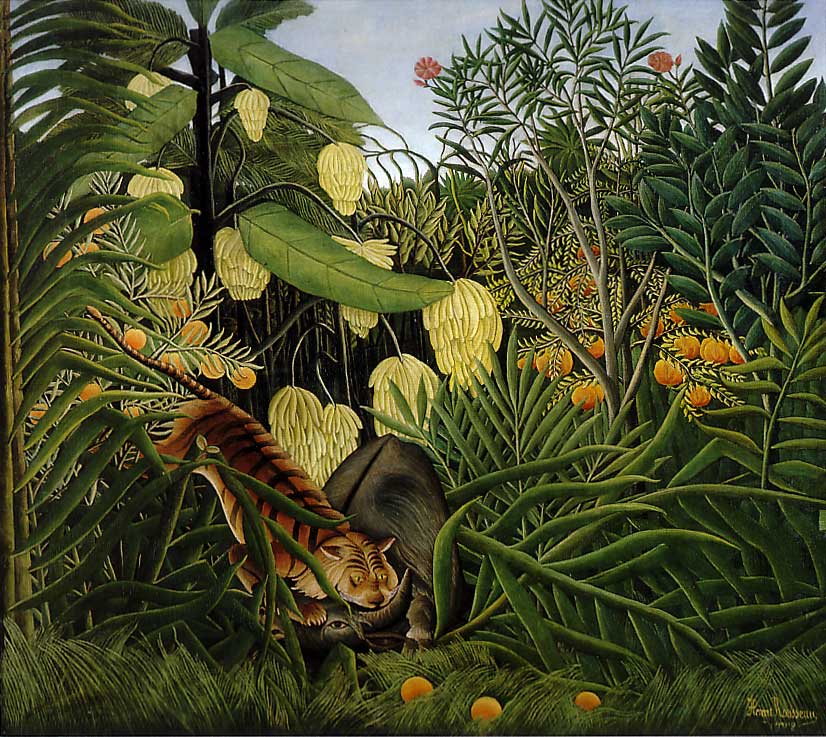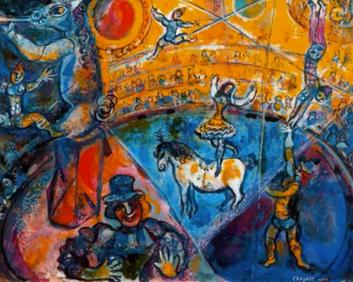This November, I will do
NaNoWriMo 2012. It will be NaNoWriMo try three for me.
November is a month of busyness, and, in the Northern hemisphere, a month of change, with a sun that's more
angular and far away, and winds that flow down from the Arctic Circle, bringing cold, darkness, high clear skies and dramatic storms. Annual plants, tender plants, die. Outside colors fade. The rattling of branches makes more noise than birdsong – those winds are strong, and many birds have flown south.
In November, we bring missing colors and light and warmth inside. The melancholic outdoors makes a high contrast with the new richness of indoors. The month's quiet challenges of festival preparations – secular and religious – and family reconnections lend both tension and energy to associated responsibilities. November engages me. It's one of my favorite months.
Yet because of all this, November's not a good month to take on a marathon writing project. In my two past NaNoWriMo attempts, my efforts would go dead by November 10th, leaving me in a down state suffused with sensations of embarrassment and failure. And that is a less-than-optimal mood for meeting November's challenges. So why would I try again? Actually, until yesterday, I sure wasn't thinking of doing NaNoWriMo 2012.
But then I was lucky enough to read a
Livia Blackburne retweet of a Rachel Aaron tweet pointing to a Rachel Aaron post on the differences between plot and story. That post mentioned another post on Aaron's 5-step approach to planning a novel. And that planning post included an enthusiastic recommendation for an app designed to support creative writing. The app is called
Scrivener, and therein lies my story today.
I downloaded the app last night. Went through the slightly-confusing registration and activation process. Started in on the interactive tutorial. Then – predictably for me – I cut over to my own way of doing things, starting my own project, a re-do of the fantasy novel I've been working on.
I started by putting in the series title (the book will be one of a three-book series), and a few of the characters. I put in a note about the book's major McGuffin, and, per Rachel Aaron's 5-step novel planning advice, a note about the ending. Then I left it alone till this morning, as I was mentally full-up with thoughts of in-depth planning before writing, a new concept for me to wrestle with in real time.
This morning I pasted in completed scenes and chapters from last year's draft of the book. I added in more of the characters, and some of the place settings. And I attached character sketch sheet templates to the character notes. And lo and behold, Scrivener showed me what it's good for.
Take character development, for example. You know how you have an idea of a character? And the character has a name, an age, a history, a personality, an appearance, and other dimensions? And you know how you have to keep that character well-defined, but not mummified – alive in the story, consistent yet changeable? And you know how you have to do that for multiple characters? And how each layer of each character is intertwined with the story and with other characters, not to mention settings, and conflicts, and action and so on? Well, Scrivener supports that complicated structure. And it does it simply and intuitively.
On the other hand, you know when you want to get away from structure and just write? Scrivener lets you do that, too, with no destruction of the structures you've created.
And it formats your draft in the standard accepted style, and
it counts words for the book, and for sections, such as chapters, and it estimates how many pages the work would be if printed as a hard-cover book or a paperback. Moreover, it can be used for screenplays, and non-fiction work as well. Whew! And wow!
So, hey! I bless Livia and Rachel for their wise approach to writing. Their generous sharing of the reality
– not the idea, guys
– the reality that planning before actually writing is how to do it, is going to make a huge difference for my attempts to write a three-book fiction series. Thanks to them, and that reality, and to how Scrivener supports an organized approach to creative writing, I'm going to give NaNoWriMo another try this coming November. Because I realized today that I get stuck after ten days because I don't know how to push the story forward, so I edit what I've written (stupid tactic when doing a writing marathon) and stress about the story and end up mired in confusion.
Having spent a couple of hours on planning so far, it's a revelation to me that the planning takes so much work, so much time. Here I am in mid-July, preparing to write in November, when I never ever thought I'd be anything other than a "pantster" when it came to writing. Experience, which is, perhaps, just a simple word that really means humiliation+persistence+openness to changing tacks (sailing term), wins every time.
When I realized in full force how complicated a novel's structure is, I also had to acknowledge that my pantster approach to writing fiction has been simply shallow, lazy and uncommitted. I learned long ago that editing is crucial to all good writing, even poetry. But until now, I had not learned that the structure of a novel is critically important to its success.
What I'm gearing up for is to get as much planning done as possible before November. Review my writing from last year, fix it a little, then throw it out. Then, for NaNoWriMo 2012, start with the planning portion
only, and write completely fresh work. Yay! Is how I feel this morning. So yay that I took three hours away from other stuff to write this, in case anyone else could benefit from what I've learned.
References:
Livia Blackburne is a neuroscientist, and a published fantasy and YA novelist.
Livia Blackburne on Twitter
Livia Blackburne's writing blog – fresh takes on process, creativity, and how the mind works
Rachel Aaron is a published fantasy novelist.
Rachel Aaron on Twitter
Rachel Aaron's writing blog – good tips, with a special focus on writing efficiency and logistics
Rachel Aaron's website – free chapters of selected books, plus more
Scrivener - an app that supports the organizational, formatting and writing process needs for complex works such as novels, screenplays, and long-form stories and non-fiction pieces.
NaNoWriMo - NaNoWriMo means National Novel Writing Month. It has evolved into an international event, a writing marathon in which participants attempt to finish at least 50,000 words of a novel or non-fiction work, in first-draft form, in the month of November. One is allowed to plan the work before November, but not actually write any of it until NaNoWriMo officially starts.











.cover.jpg)







